We independently evaluate all recommended products and services. If you click on links we provide, we may receive compensation.
If you’ve ever wondered about those little bumps on your clothes that get a lot of wear, they’re probably fabric pills. It’s not your fault. Day-to-day wear causes friction, which frays fibers and creates pilling — particularly in places where you move the most. (Think: where your purses hit your sweater, or where your thighs may rub together on your pants.) The result is a piece that looks overworn and tired, and is now maybe unwearable. But fortunately for all of us, there’s a way to beat the cycle. Not only can you prevent pilling from happening altogether, but you can remove it in a few simple steps, ensuring the longevity and integrity of your favorite clothes.
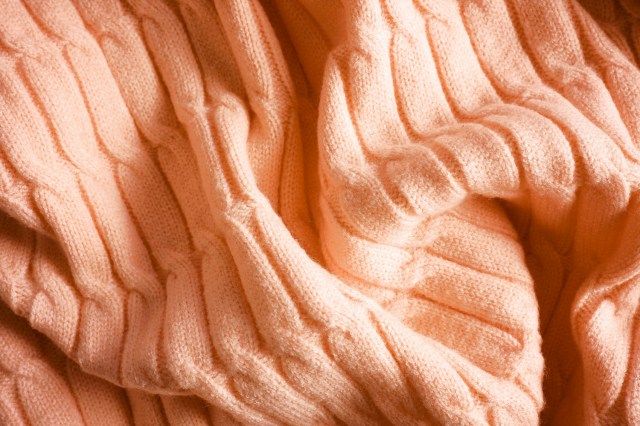
Why Clothes Pill
According to the experts at REI, you can blame most instances of pilling on friction. When a piece rubs against another too much, its fabric will slowly start to pill. Yet not all fabrics are created equally. Tightly woven garments will wear better than knits like fleece, wool, or flannel. And as explained by experts at Whirlpool, pilling tends to happen with looser, shorter fibers such as polyester and acrylics, versus silk, denim, or linen. The process can be exacerbated by the wash process, too. Clothes washed in cold water or on a small, delicate cycle tend not to pill as quickly because they experience less friction while being washed.

How To Keep Clothes From Pilling
Following washing instructions on the garment tag can help prevent pilling. If you’re planning to follow the instructions but are particularly concerned about a pair of trousers or a sweater, turn them inside out or place them in a washer-friendly garment bag to add a protective layer. You should also fasten any buttons, zippers, or hooks to ensure they don’t catch on anything.
Washing in cold water, separating heavy fabrics from light ones, and not overloading the washing machine will prevent friction during the cleaning process. Folding pieces and keeping them stored in a cool, dry space will also minimize friction, and will ensure your knits don’t stretch out, which is less likely to happen in a drawer than hung up in your closet.
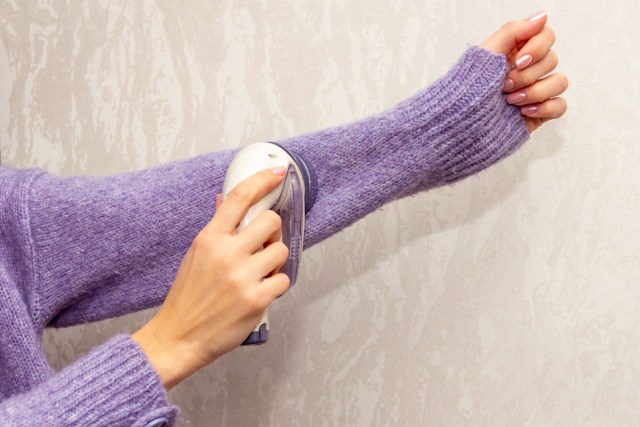
How To Get Rid of Pilling
Fortunately, technology has caught up to the pilling conundrum. Fashion influencer Laura Schulte recommends using a battery-operated fabric shaver lightly over pilled fabric to eliminate any excess fuzz. You can also opt for tools you may already have, such as a disposable razor or a pumice stone. Work either gently over the problem areas of your garment, ensuring your piece is dry and laid out completely flat to prevent any catches.
The key to removing pilling is patience and a very light touch. If you apply a fabric shaver or razor too quickly or too roughly, it can create even more pills — or worse, tear your piece. Long-term fabric shaving shouldn’t compromise a garment and can work even on cashmere, but experts at Nori suggest testing any shaver out on an inconspicuous area to ensure it won’t ruin your clothes. Removing fabric pills can take up to an hour per garment, but once you finish, your well-worn piece will look as good as new.
This article is for general informational purposes only.
Affiliate Disclaimer Medical Disclaimer




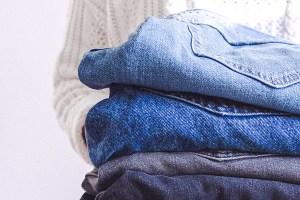


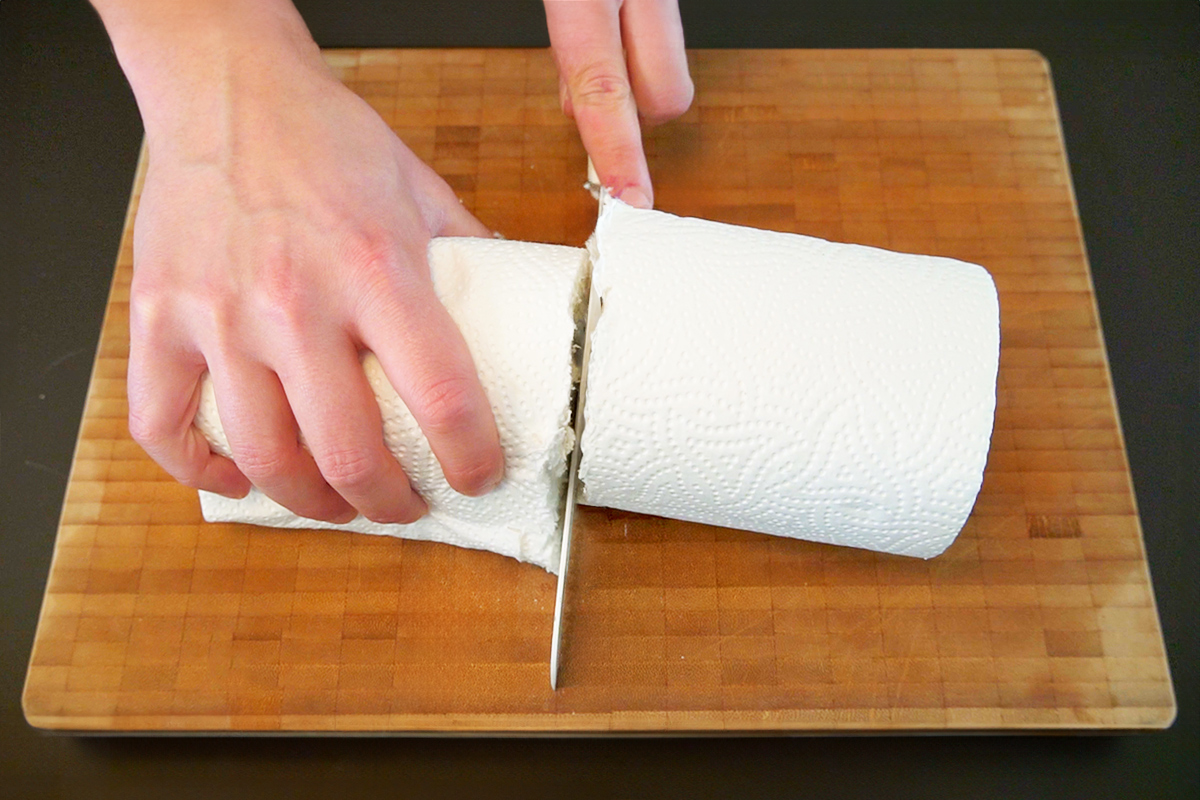
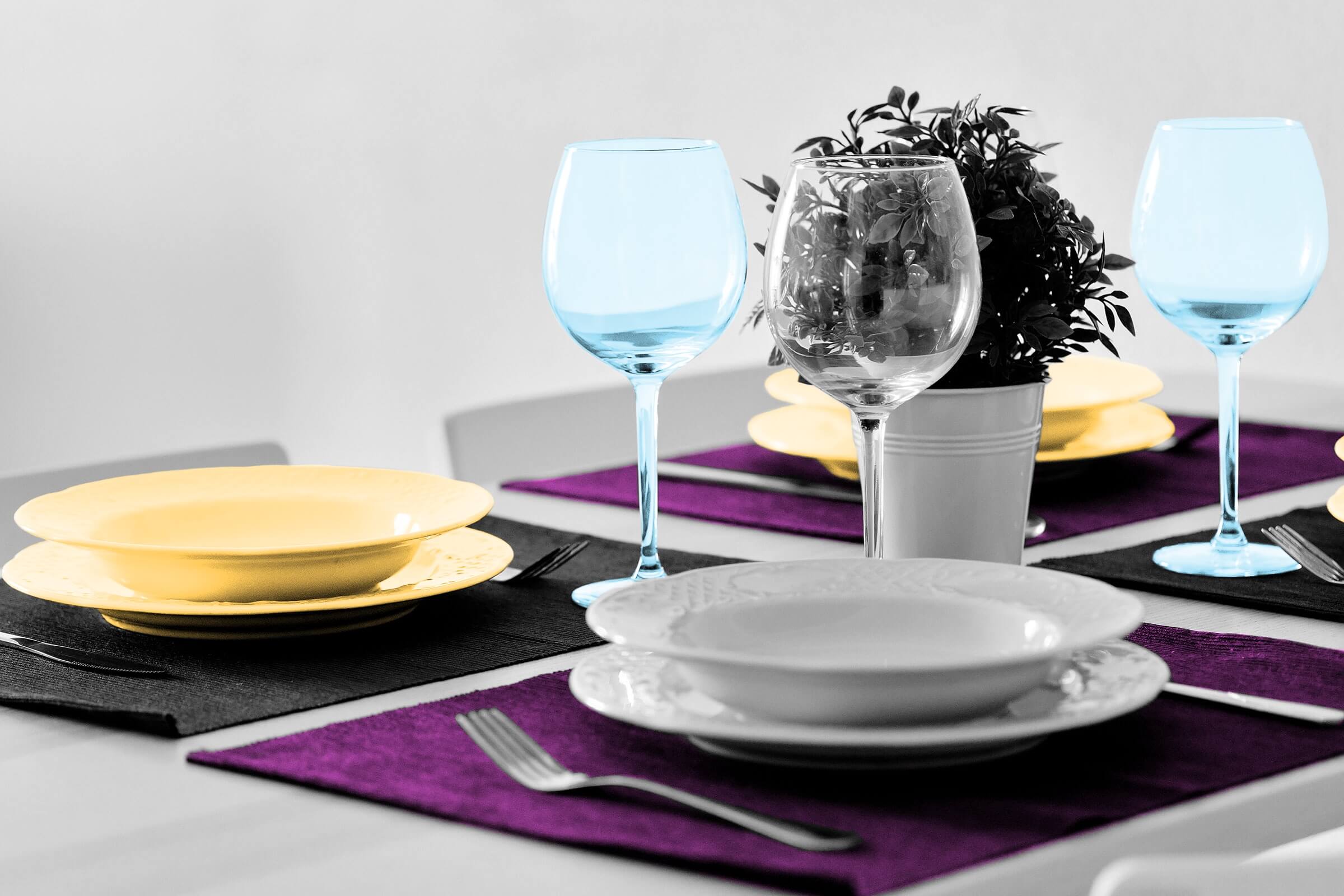
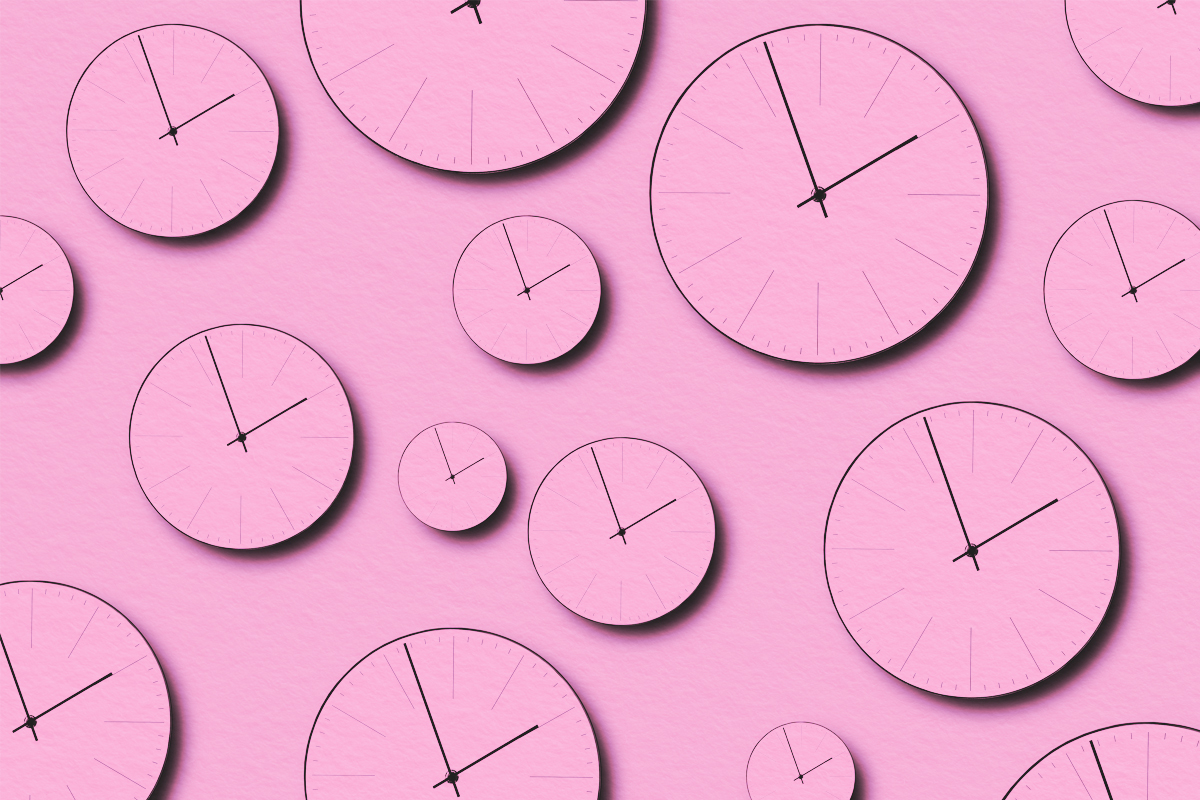






 Unique Beauty is free for all users.
Unique Beauty is free for all users.